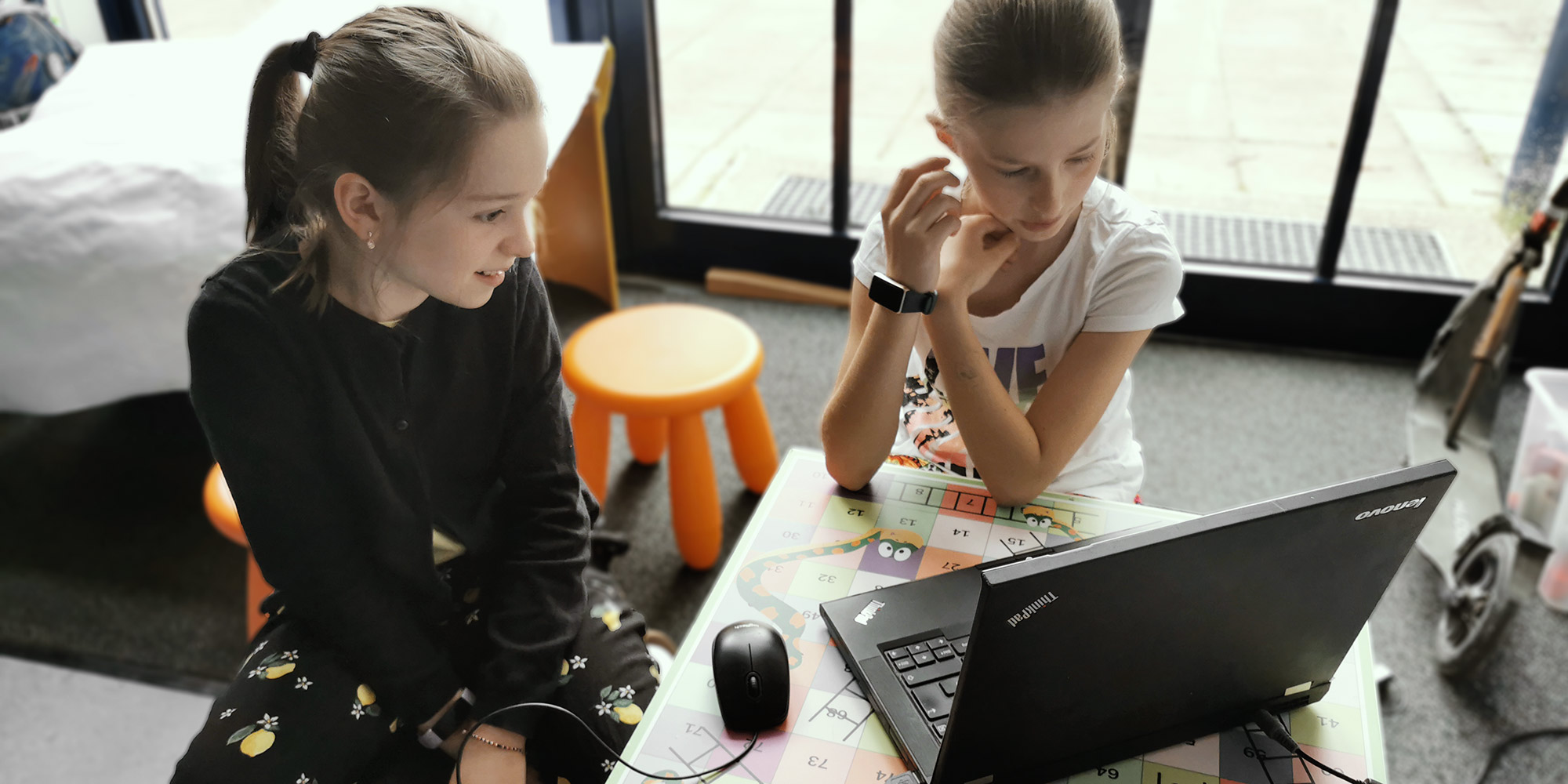Above all, it is the harmonious interaction of motivated pupils and enthusiastic teachers that creates the basis for creative, innovative and sustainable use of digital tools in schools.
The award-winning projects of the education prize “Klasse! Lernen“, which was launched by the Austrian Federal Ministry of Education, Science and Research, the national education agency OeAD and Ars Electronica, not only provide an insight into digital teaching and learning in Austria. They also serve as sources of inspiration for those who educate and train children and youth.
New tools for pupils – and teachers!
Especially when using new digital tools, it becomes clear that learning at school is no longer a one-way street. Many educators were already educators before smartphones, tablets, laptops and the like found a permanent place in school bags. However, the new digital tools in schools have not come primarily to drive out possible analog competitors, but as a supplement to the existing teaching. But this has to be learned – preferably together.
Thus, committed and media-savvy adults in the education sector invest their personal interest and time to drive projects like these forward, to approach new tasks with an open mind, and to acquire new knowledge about them – and usually in addition to the fulfillment of their duties as stipulated in their employment contracts. And as an initial overview shows, many of the award-winning projects are rooted in an engagement with digital media that they initiated and that has lasted for several school years.
Of course, a successful school project cannot thrive without motivated pupils. This is also evident in the “Klasse! Lernen” award-winning projects: Using digital tools, they approach tasks with a mixture of curiosity and eagerness to experiment, which provides the necessary creative drive, especially in a group.
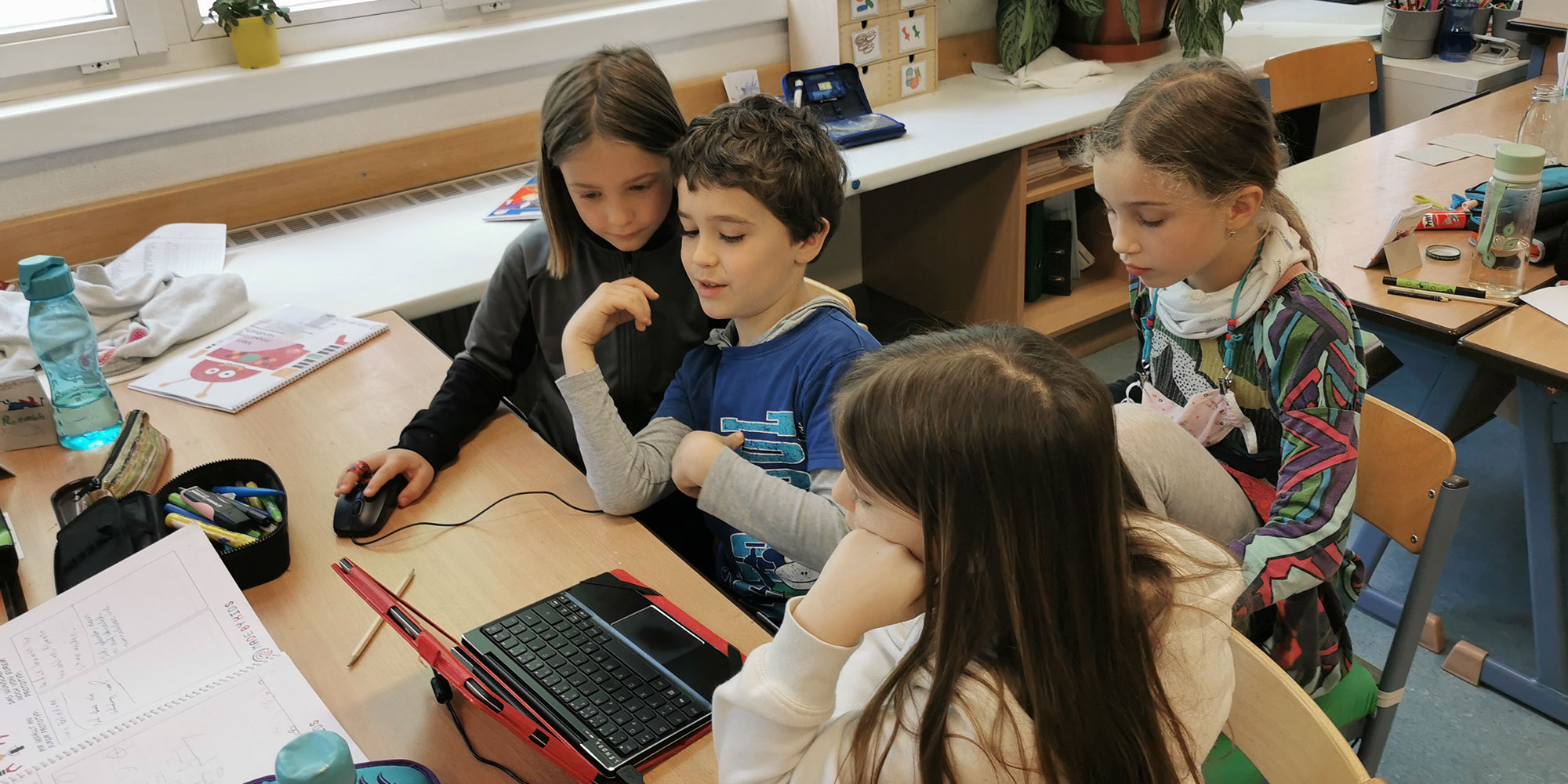
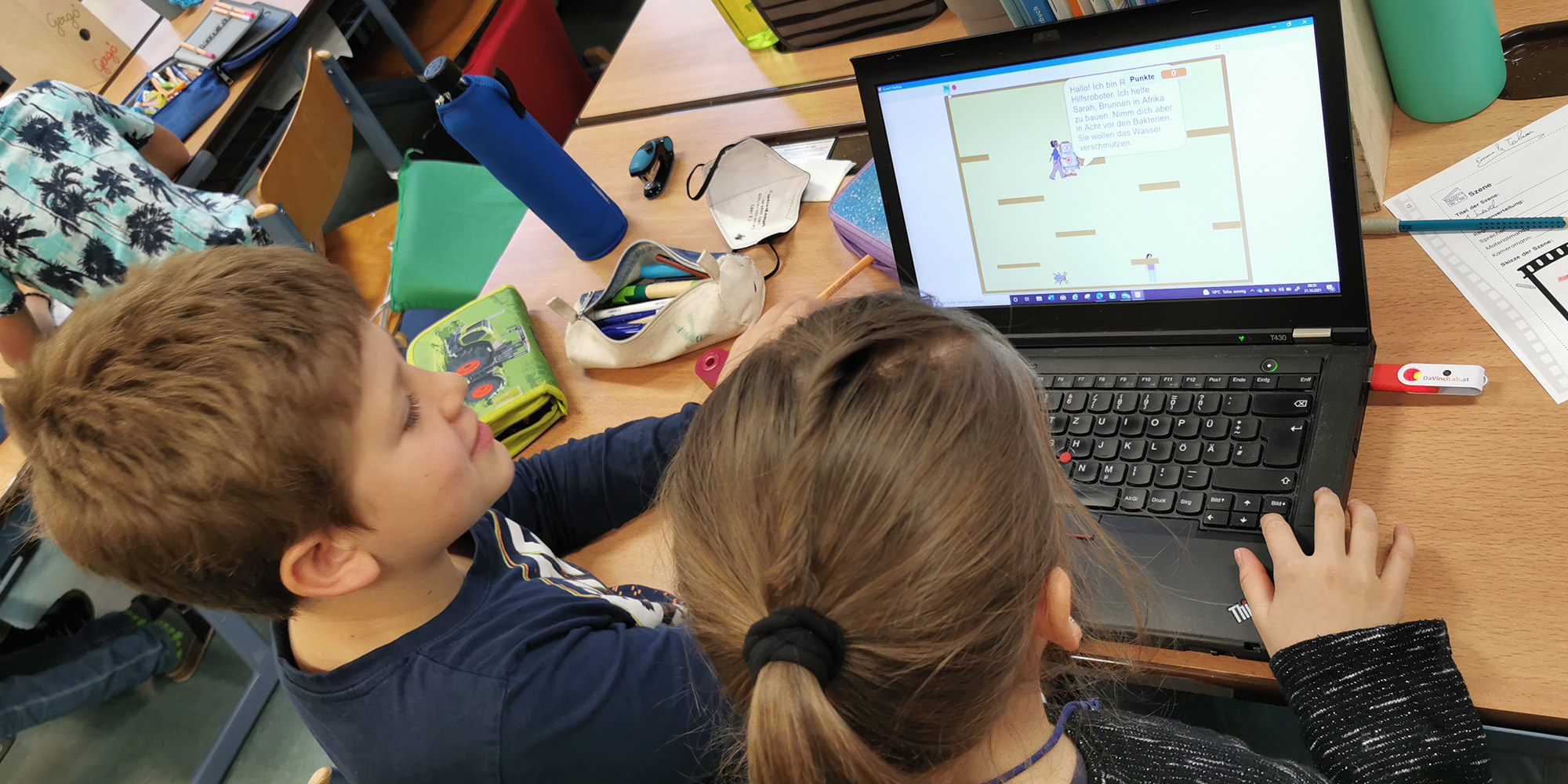

Sustainability also has a place in elementary school
The first main prize of 10,000 euros of the “Klasse! Lernen.” 2022 competition goes to the federal capital Vienna. No poverty, no hunger, clean water, sustainable consumption, peace. These are just a few of the total of 17 Sustainable Development Goals set out in Agenda 2030, the United Nations’ action plan.
With their challenging project “Wir tun was für unsere Welt” (“We do something for our world”), the pupils of class 4e of the Bendagasse elementary school addressed these future issues and, through creative use of various digital tools, clearly convinced the “Klasse! Lernen” jury with their creative use of various digital tools. In the process, they not only learned about the problems of the present, but also developed calls for action and corresponding proposals for solutions.
After exploring the various themes of the Sustainable Development Goals (SDGs), the elementary school children formed several groups and settled on the digital tool of their choice to explore. This is how computer games and stories were created using the visual programming language Scratch on three notebooks, short stop-motion movies on three tablets and virtual models of houses using 3-D software on the teacher’s personal laptop computer.


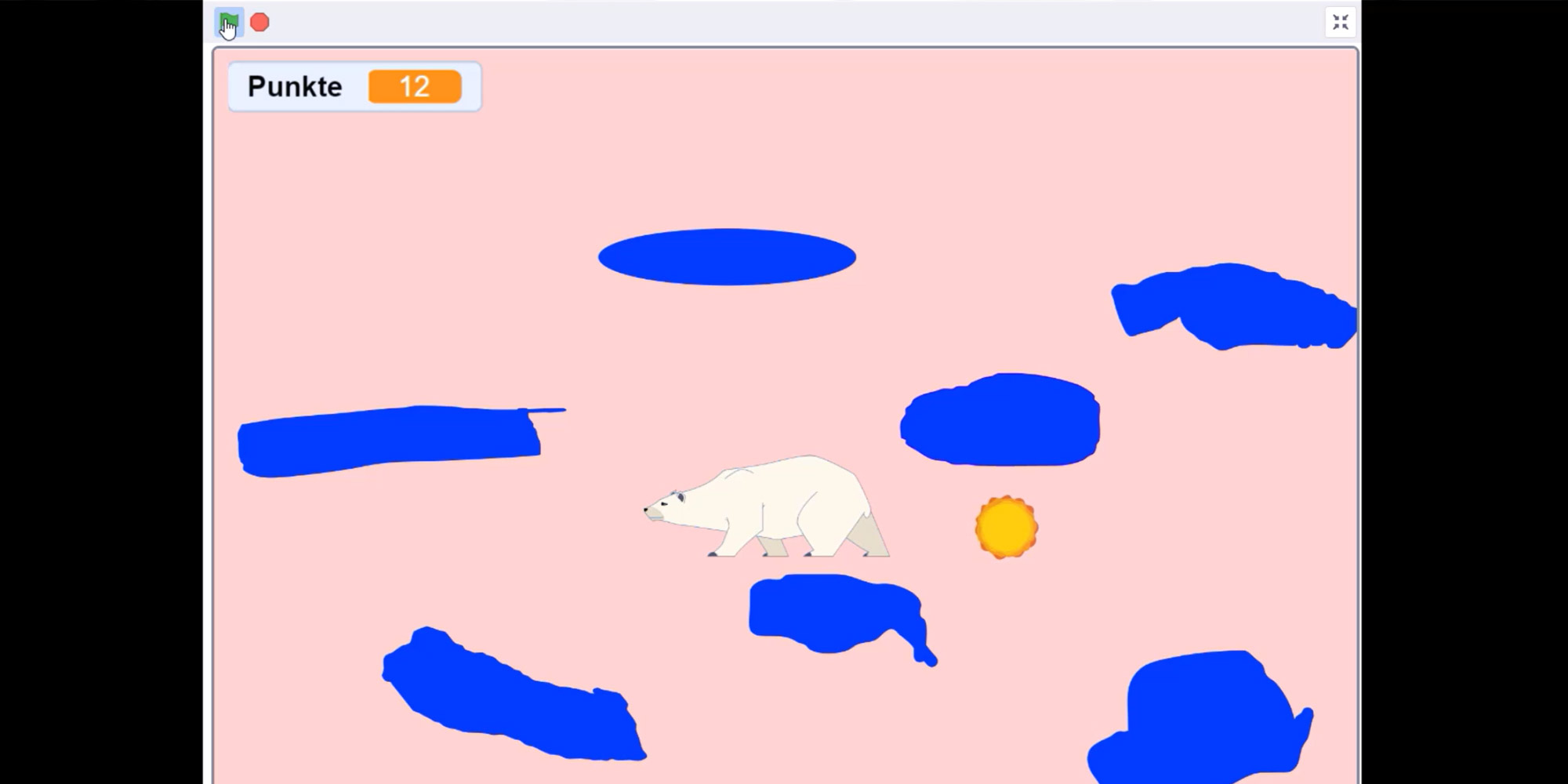
“(…) especially the role model function is convincing – here a primary school shows what is meant by ‘digital basic education’. In “Wir tun was für unsere Welt”, an ideal combination of subject and technology has been achieved. This project was implemented in a comprehensive lesson, i.e. interdisciplinary.” (Excerpt from the jury’s statement)
Creative at school, separating waste and saving electricity at home
“I was surprised by the incredible interest in the topics and the ideas that the children had. It was particularly nice that the parents came to me and said that they themselves are now much more involved with the topic of climate protection and sustainability, as the children are also demanding this at home,” says class teacher Teresa Roschütz. She has been teaching for ten years at the elementary school, where digital media have a firm place.
Thanks to previous workshops, the teacher says, the children already had the necessary basic knowledge of how to use digital tools. And if that was missing, such as when designing three-dimensional worlds, they quickly found their way around by trying it out or else directly asked their class teacher for help:
„However, since the fun, bright and interested kids in my class are not afraid of making mistakes, it was easy for them to figure out the functions of the programs.“
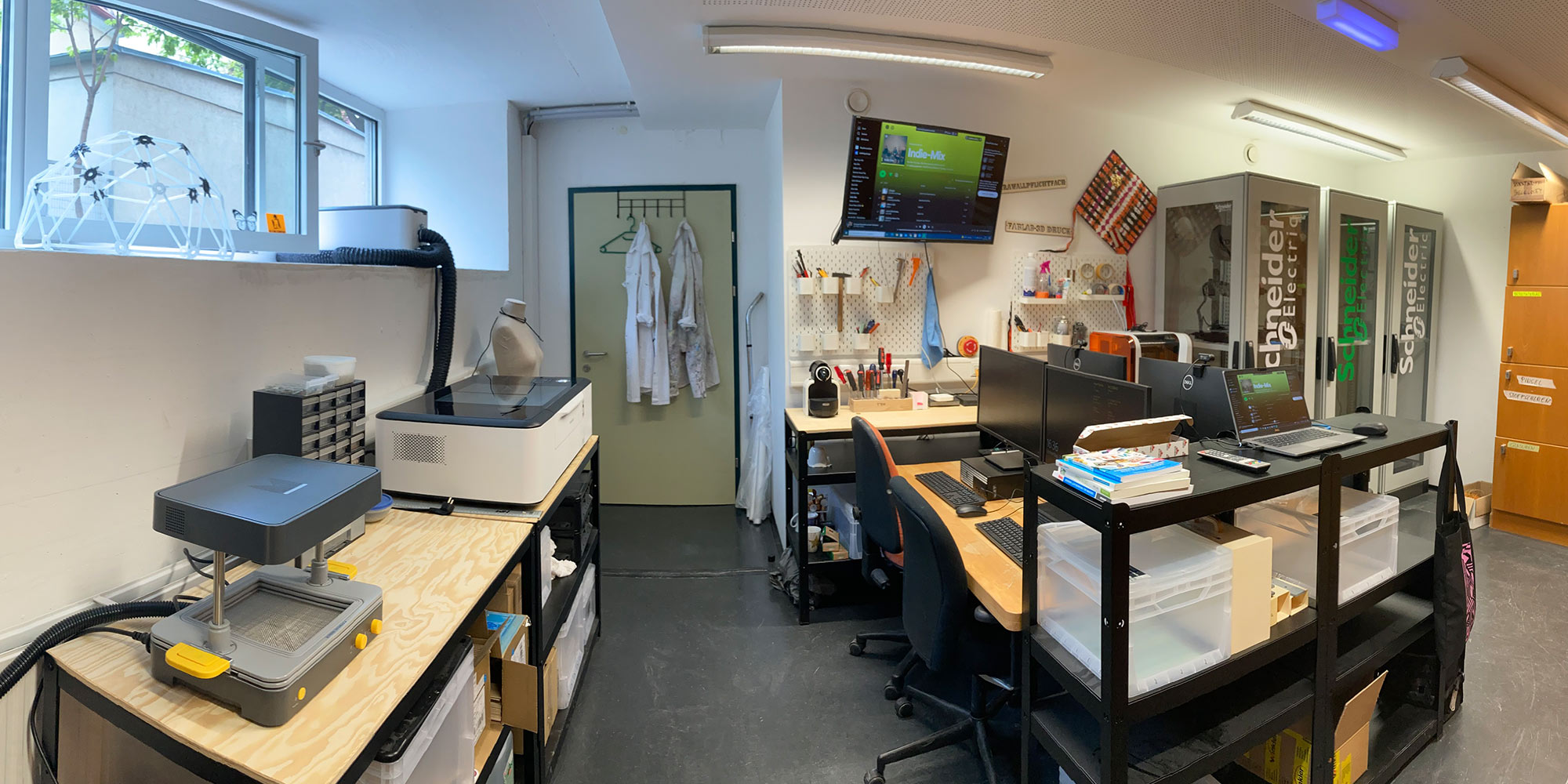

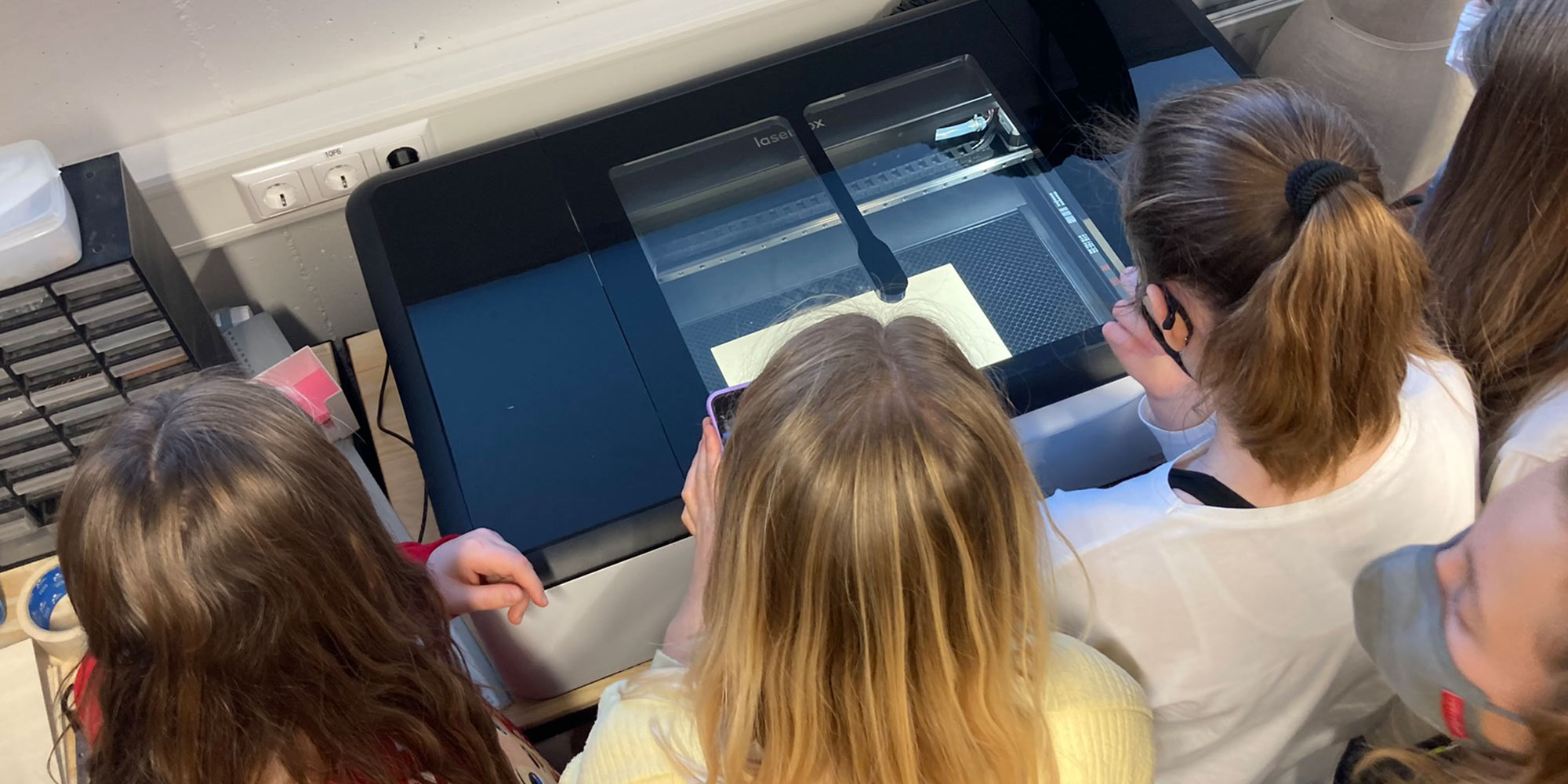
“(…) Here, process-oriented school development is advanced, whereby the different development phases of the FAB-LAB are prototyped, tested and reflected upon.” (Excerpt from the jury’s statement)
Common handicraft lessons connect
“Digital and analog work cannot be separated in the fabrication sector. There are digital and analog phases and we try to work on these interfaces,” says Matthias Schoiswohl-Szwajor. He teaches technical and textile handicrafts and has received the award and 5,000 euros for the “Schnittstelle Werken” project (“Interface Handicrafts”) with his class 3AR of the BRG/BG Schwechat from Lower Austria.
The jury was particularly impressed by the interdisciplinary concept. “Schnittstelle Werken” is already involved in a wide variety of school projects. Thanks to its commitment, equipment such as 3-D printers, laser cutters, cutting plotters or thermoforming machines and the associated knowledge of how to operate the equipment have found their way into the handicrafts lessons – mostly financed by funding programs such as Erasmus+ or also through discussions with sponsors and participation in competitions. Of course, the pupils have also contributed their share to the success, as the teacher tells us:
„My project class is very special. It harmonizes as a group and can work in a concentrated manner over long periods of time. In my lessons, I was thus able to fully focus on didactic and content aspects. That was very unusual and surprising in this age group – especially because our lessons always took place on Friday afternoons and all the pupils surprised me again and again with their motivation to work.“
Projects like these show that working in a group on site is very important for the children and takes years of training and learning – for example, when it comes to compromising, dividing up tasks, recognizing specialists, or even resolving conflicts. “The beauty of digital projects is that children who might not normally stand out in class suddenly gain recognition because they finally have the opportunity to excel in an area that wasn’t in demand before.”
Positive messages for all
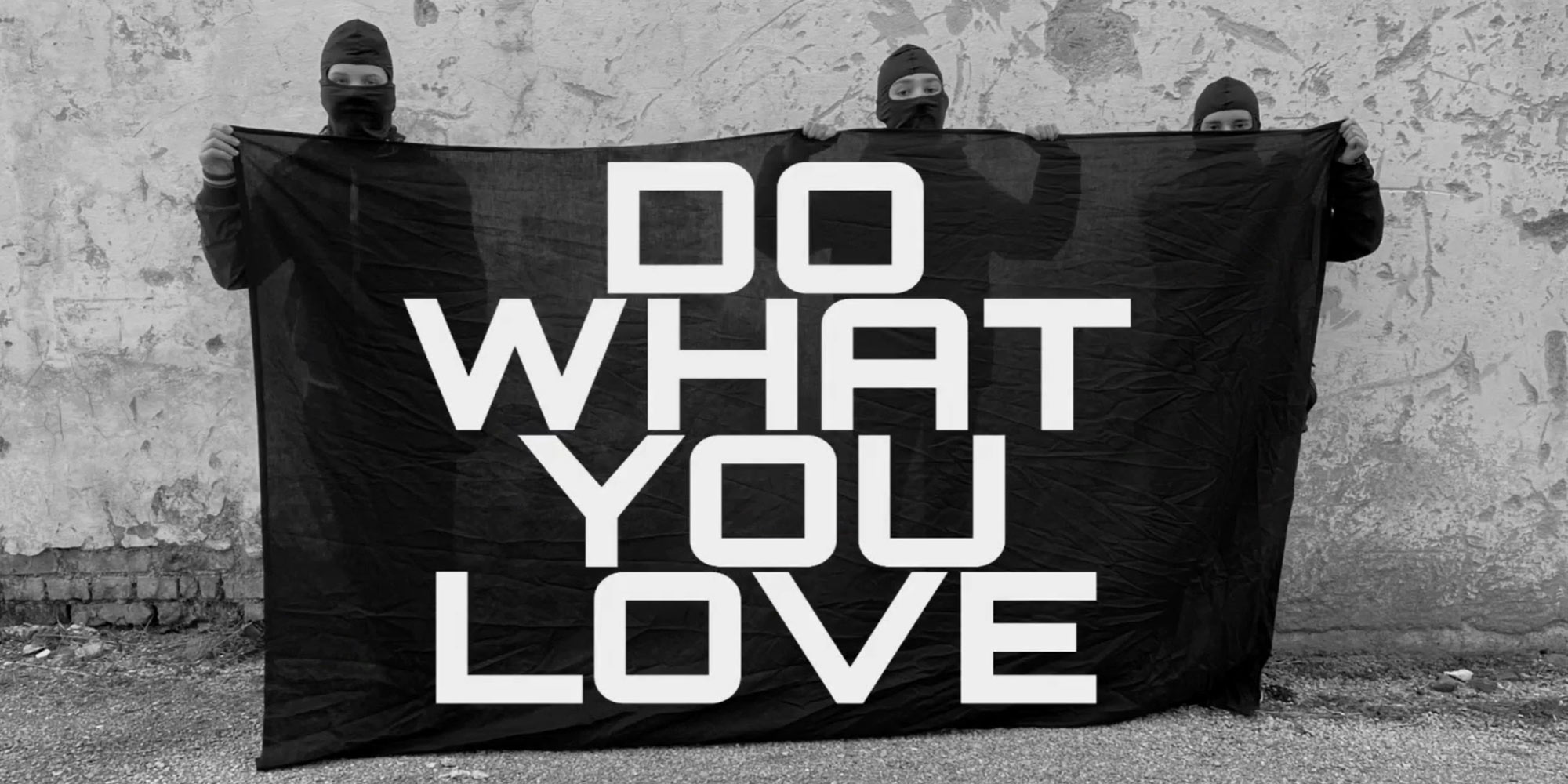

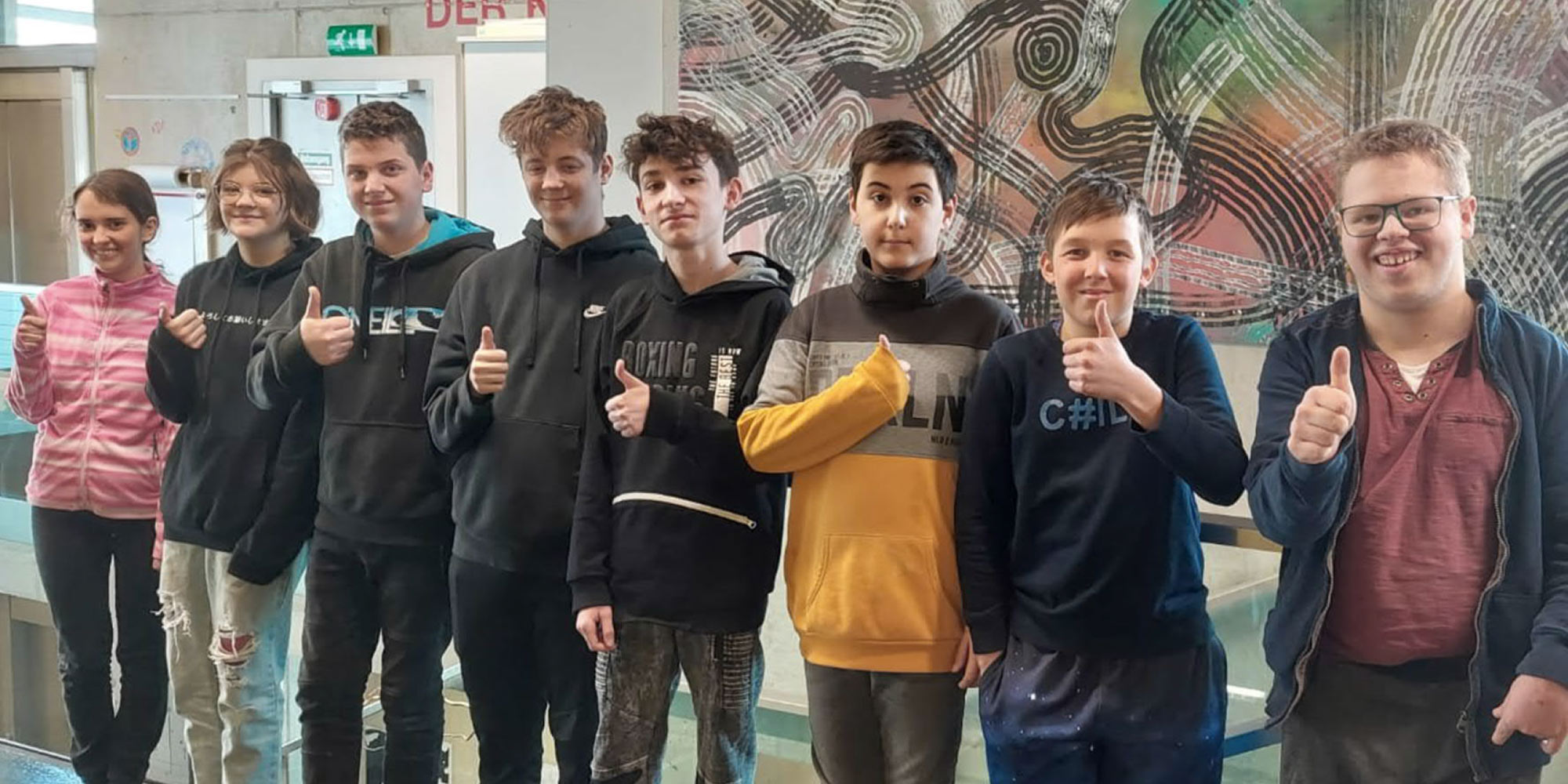
“(…) shows in a grandiose way what really good teaching can look like. The process from the first idea to the finished video is stringent and remains comprehensible to outsiders in all its phases through good documentation.” (Excerpt from the jury’s statement)
The second award, with a further 5,000 euros in prize money, will go in 2022 to the ASO1 class of the General Special School Waidhofen an der Ybbs with their project “Yes, we can!“. Just as in previous joint experiences and excursions, the class has once again come together as a “team” in dealing with the digital tools, as the eight pupils, the teacher and the two class assistants like to call themselves.
In the first part of the project, they went in search of prominent people in Austria, contacted selected ones via the Internet and were even able to elicit video messages from them for their project video. In the second part, they went through the city center and projected images with various positive messages onto the walls of the houses using a portable beamer. Equipped with a camera and drone, they documented their joint action in public. The team writes in its final report:
„We grew even closer together through the project, as we tried to use the strengths of each and every individual to the best of our abilities. In addition, the work was a successful variation on the normal school day and was a lot of fun.“
Teamwork is required
The lockdown and the associated home schooling experiences, as well as the tablets and notebooks distributed to 5th and 6th grade pupils in Austria in the fall of 2021 as part of the “Digital Learning” initiative, have quickly led to a further boom in digital projects and an increase in media literacy. One thing everyone learned during the pandemic, however, was that pupils in particular need to work together and that this works best on site – regardless of whether the tools are analog or digital.
On ars.electronica.art/prix/klasselernen you can find more information about the main prize, the two Awards of Distinction and the seven Honorary Mentions of “Klasse! Lernen”. Congratulations to the winners!
